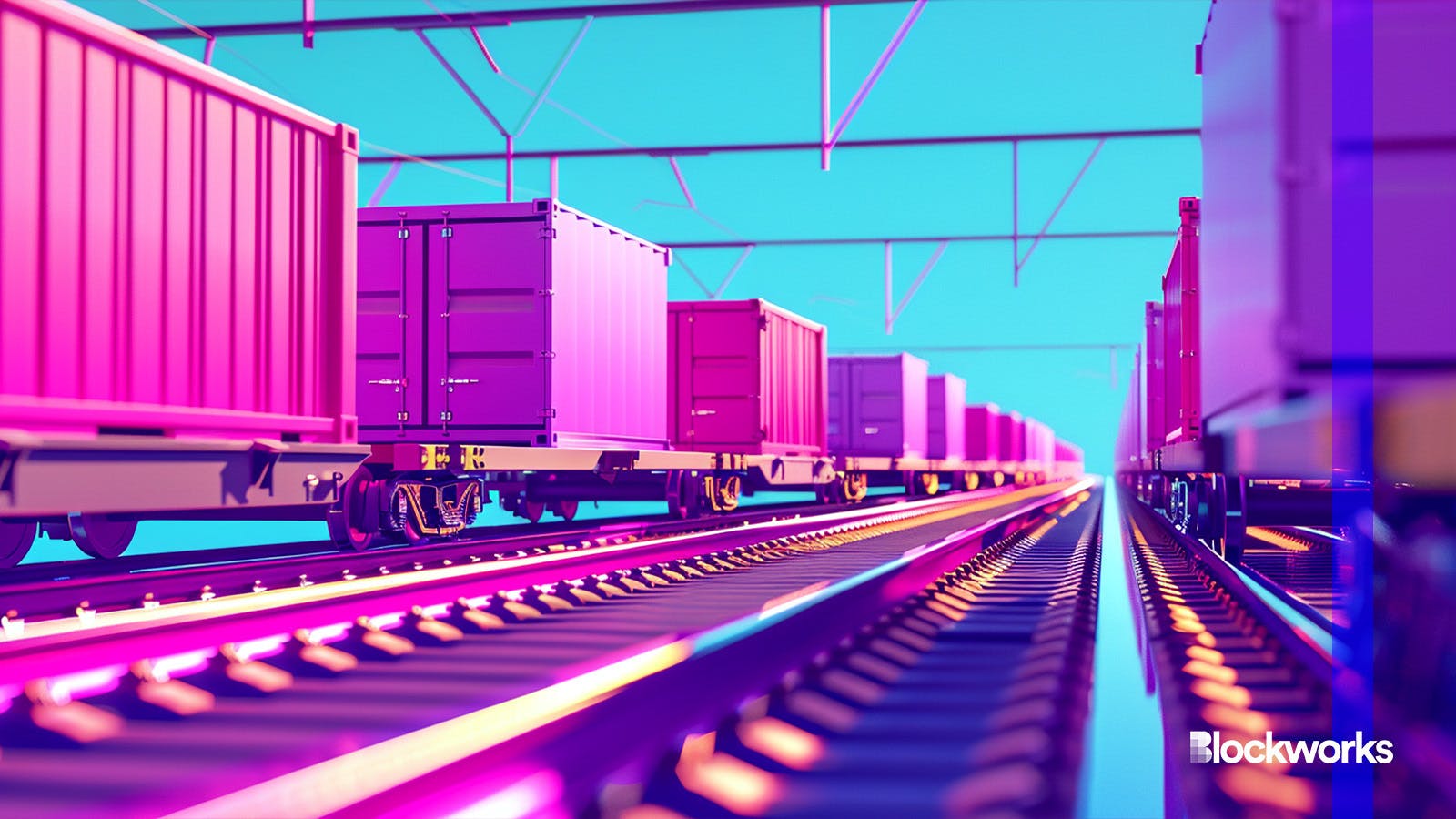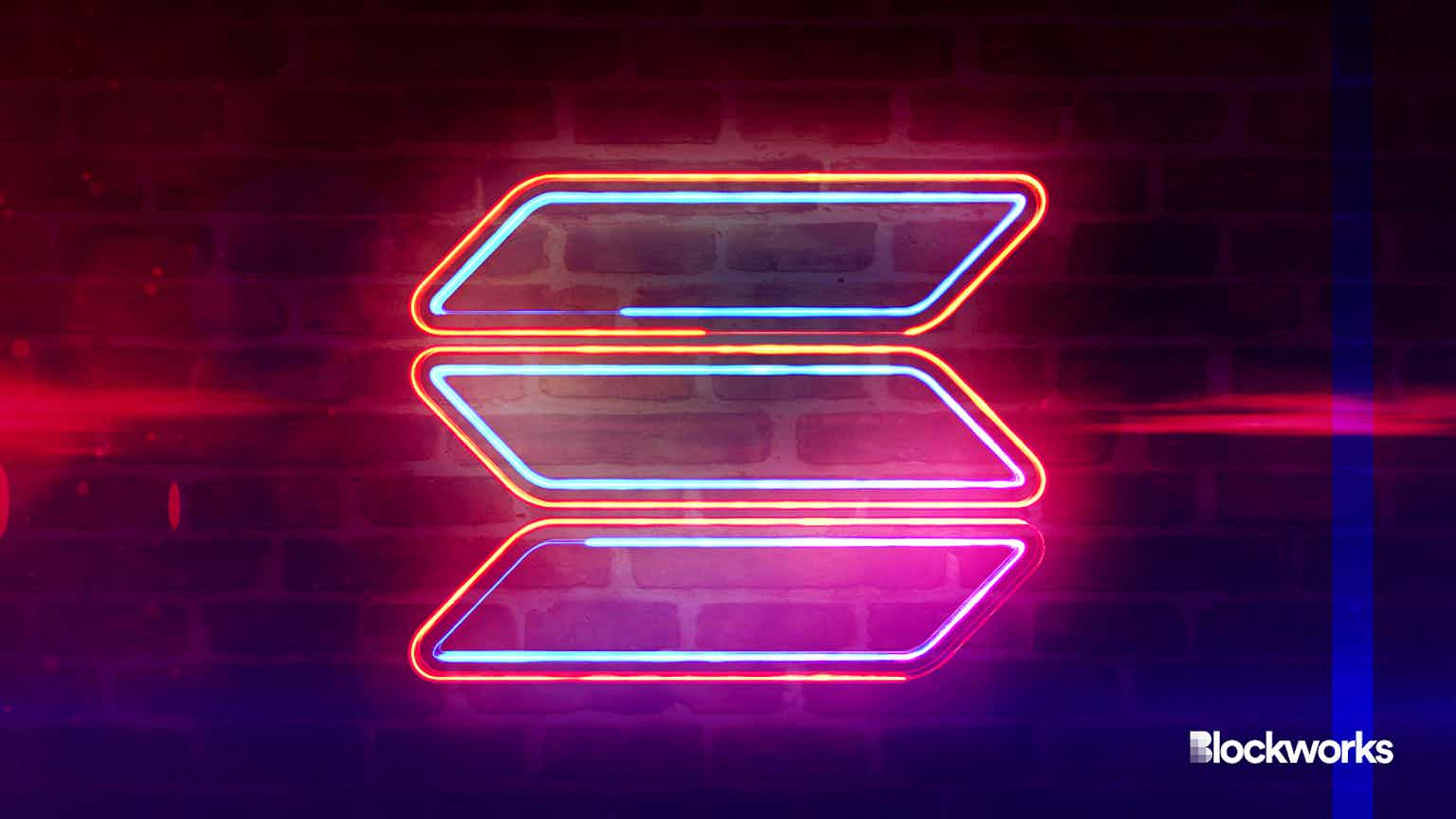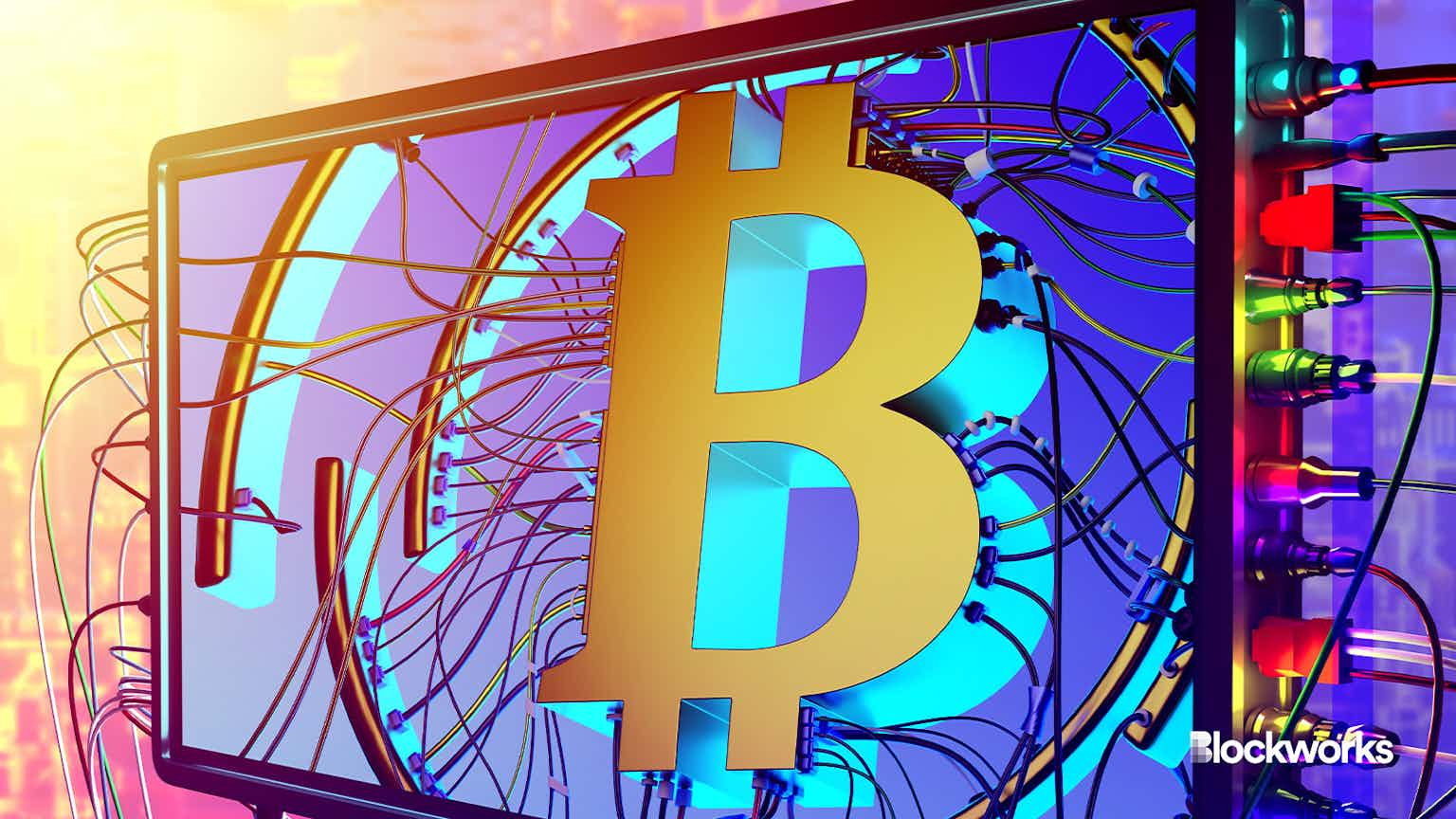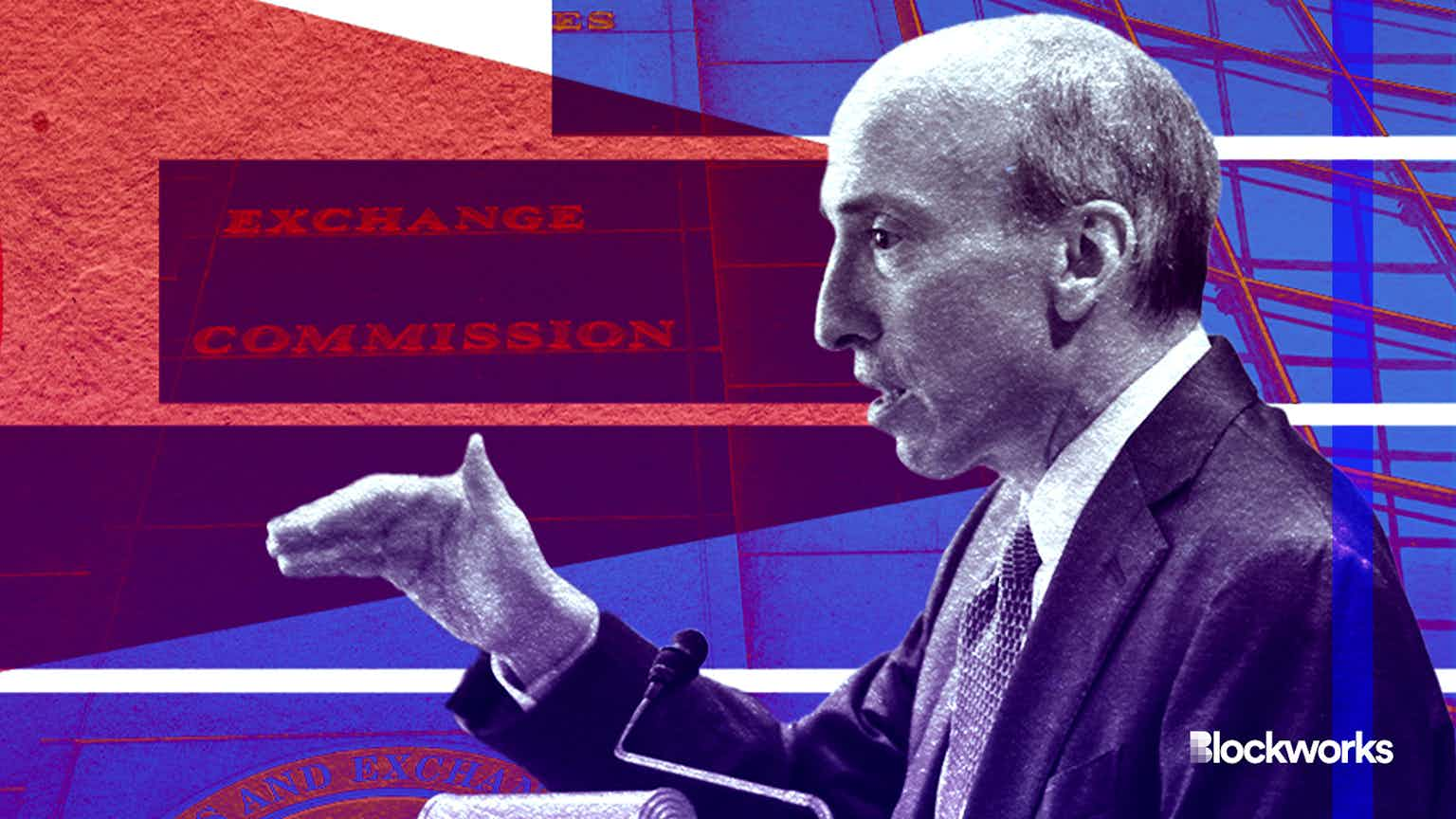Trade finance might not be sexy, but it’s blockchain’s key to success
Dune’s Arrakis Freman and Shogun’s bustling markets of feudal Japan would have benefited from blockchain to solve their trading woes

Midjourney modified by Blockworks
In the sands of Arrakis and the bustling markets of feudal Japan, trade is the lifeblood of society.
Just as the characters in Dune and Shogun navigated intricate webs of alliances and commerce, businesses face similar challenges in today’s complicated global trade landscape.
Yet, as supply chains become increasingly complex, it’s blockchain technology that is up to the task of revolutionizing and modernizing trade finance, offering a transformative solution to the persistent trade finance gap.
While trade may sound like a complex conversation, two recent releases covering the subject have drawn massive audiences. Dune: Part Two has generated over $490 million at the box office, and Shogun garnered 9 million streaming views globally to become the best worldwide debut to date for a Disney General Entertainment scripted series.
Today in the real world, trade also stretches across the globe, creating challenges for micro, small and medium enterprises (MSMEs) who need funding to support their operations.
The recent rise in interest rates and the tightening of credit has led to more difficulty in managing capital demands — squeezing businesses on both sides of their ledger with higher costs to produce and higher costs to borrow.
Current financial institutions are unable to adequately respond to these demands on their own, especially in regions that lack adequate banking. Clearly, the traditional banking system has not caught up with the needs of the global supply chain.
Enter blockchain.
Blockchain offers financial institutions the ability to leverage distributed ledger technology and digital asset solutions to meet the excessive demand for capital with sufficient supply. For that reason, the most prevalent and impactful use case for blockchain will be in the trade finance industry.
The $5 trillion trade finance gap represents the collective difference in the demand for capital and the supply of capital for global shipments, obstructing the flow of funds to where it’s needed most — MSMEs.
Mirroring the struggles of those small traders in Shogun’s ancient markets, MSMEs find themselves at a disadvantage due to inefficiencies, lack of visibility and centralized systems that hinder their access to funding.
Blockchain, as a decentralized and transparent ledger, emerges as a powerful tool to address the shortcomings of traditional trade finance. It’s clear that the most prevalent and impactful use case for the technology will be in the trade finance industry.
Blockchain creates new opportunities — for suppliers, buyers, banks and non-bank originators — and new rails to conduct commerce in real time, all the while carrying immutable data, records, capital and digital representations of real world assets.
As governments around the world recognize this potential, blockchain’s role in global trade will become increasingly indispensable. We are seeing this already with the United Nations’ Model Law on Electronic Transferable Records (MLETR), which allows for transferable documents and instruments in electronic form, and other regulatory advancements in Europe, Asia, the Middle East, Africa and South America.
Unlike in Dune’s Arrakis and Shogun’s shores of feudal Japan, our modern trade networks can flourish and help solve suppliers’ growing demands, even easing pandemic-era disruptions.
Blockchain also offers the greatest opportunity for MSMEs, originators and investors — who have been in the global supply chain trenches — to rise above outdated models and create a new vibrant ecosystem for businesses. And when user-friendly interfaces are more widespread, blockchain’s momentum will really be unstoppable.
Read more from our opinion section: Blockchain really is better than middlemen
With these opportunities, one would think people across the blockchain and crypto spaces would embrace its power to create new rails for businesses to build on and economies to scale. But there seems to be a real misunderstanding of what blockchain’s opportunity holds. Or perhaps there is a lack of understanding of trade finance and its value proposition.
By contrast, investing in the hottest dog memecoin is an easy proposition to understand. This is the conundrum of blockchain. Users want the excitement of a fervent market over the slower path toward trade finance adoption.
The route is more challenging for protocols to gain traction with those in the space who don’t understand blockchain’s trade finance value proposition. This limiting spirit won’t solve the problem of how to fund MSMEs across the globe and, in turn, feed value back to blockchain networks.
In the end, our ethos should be rooted in this question: How do we create a more egalitarian way to help all boats rise, to ensure everyone succeeds?
We do it by making blockchain more accessible to more people. Everyone will win — those who want to own a memecoin and those who want to create a better way for businesses across the globe to grow and prosper. Or even those who want both.
Start your day with top crypto insights from David Canellis and Katherine Ross. Subscribe to the Empire newsletter.





